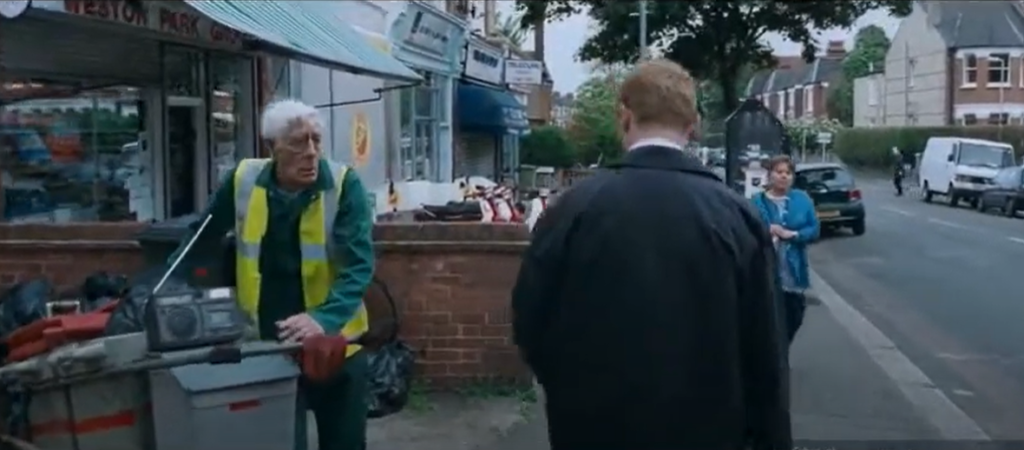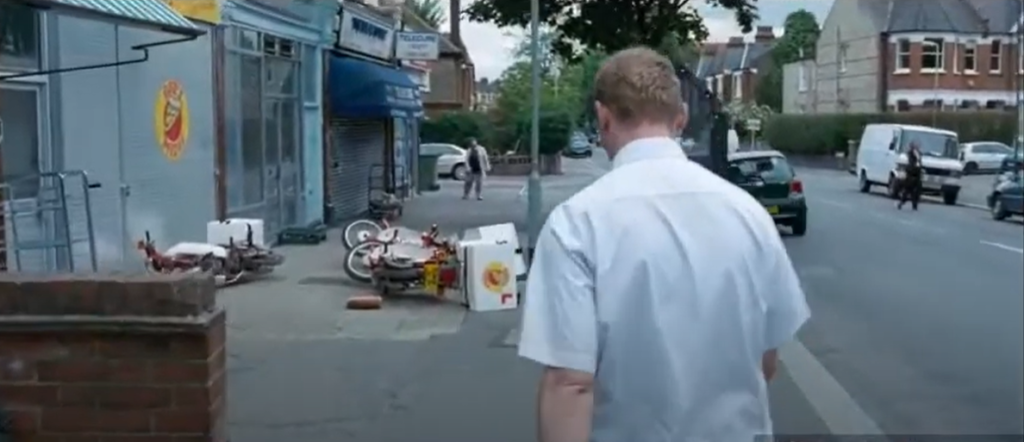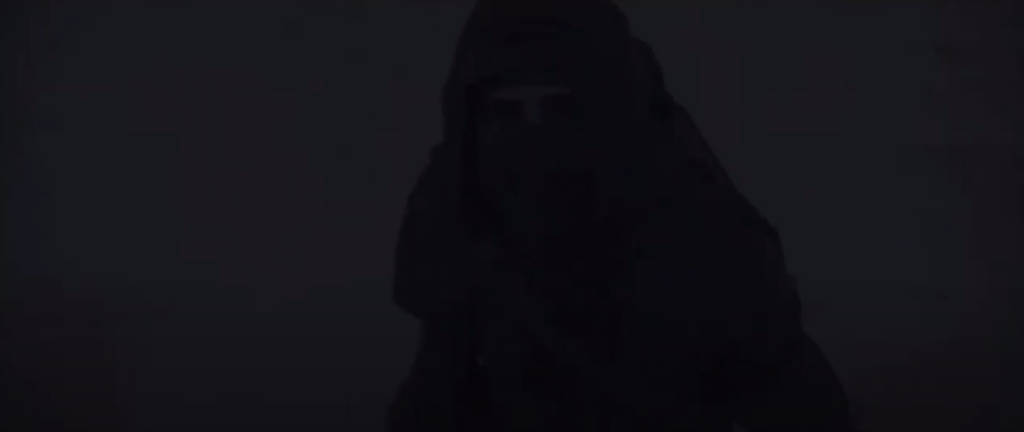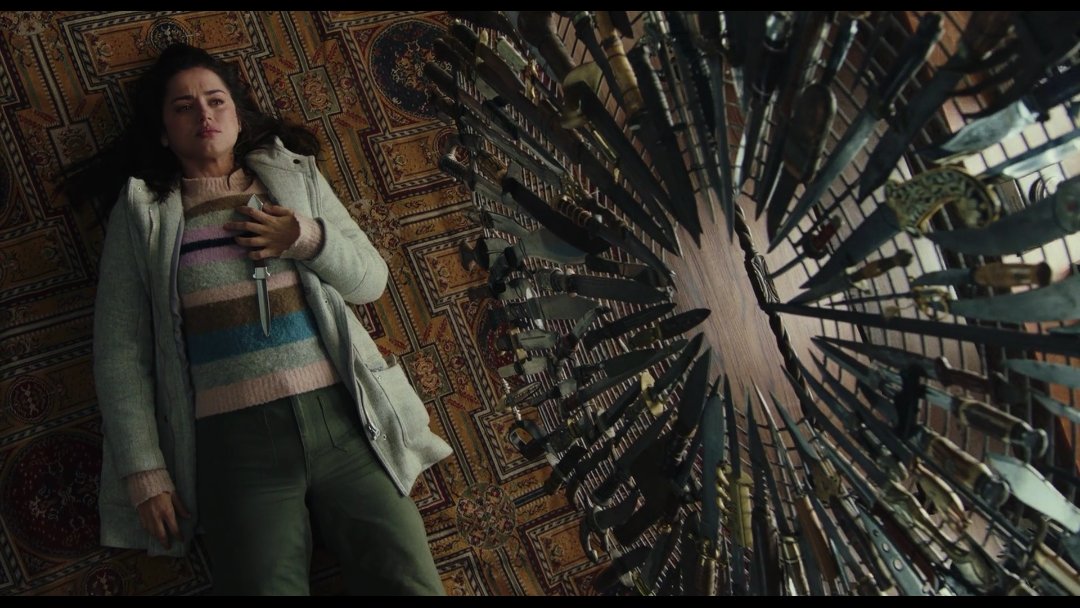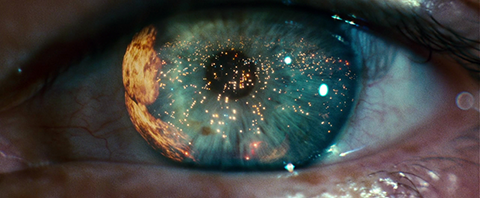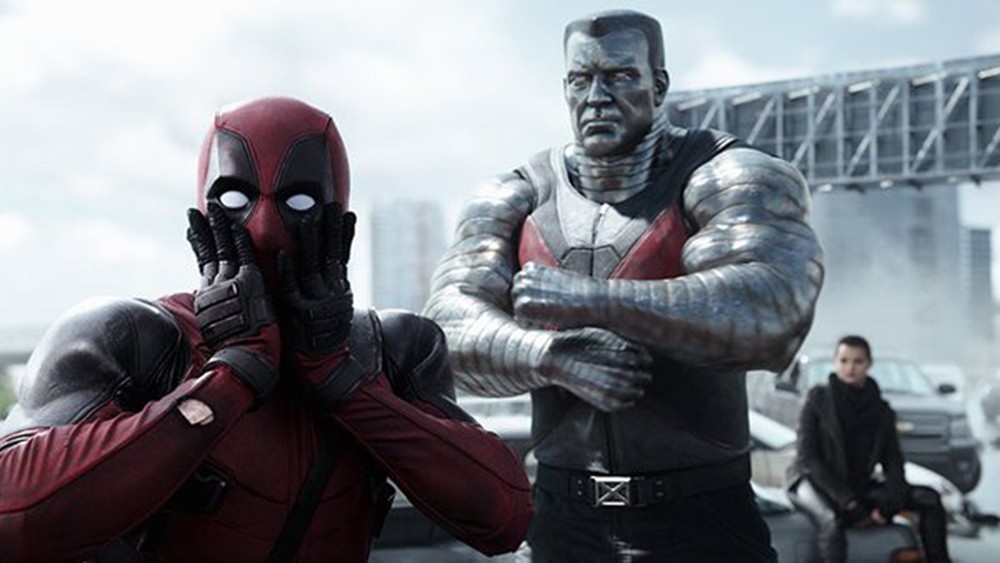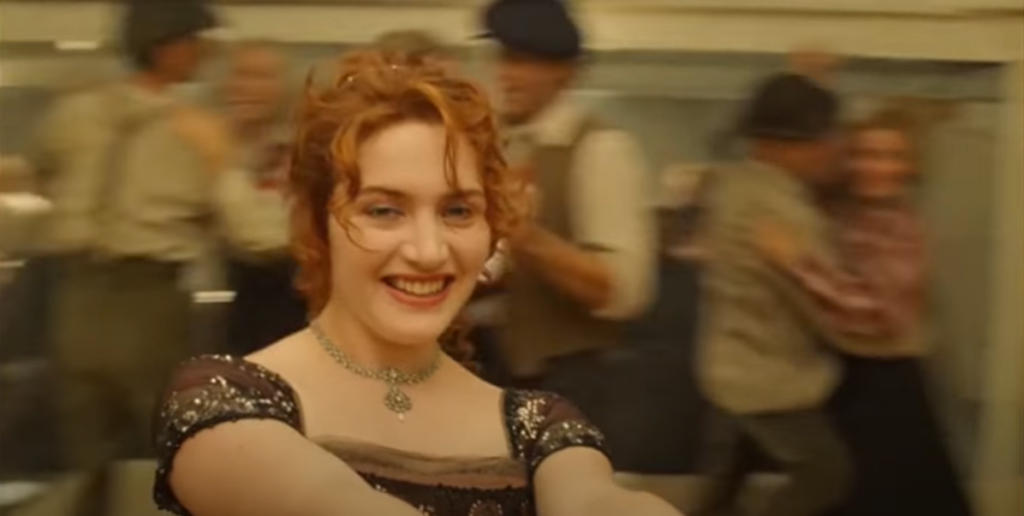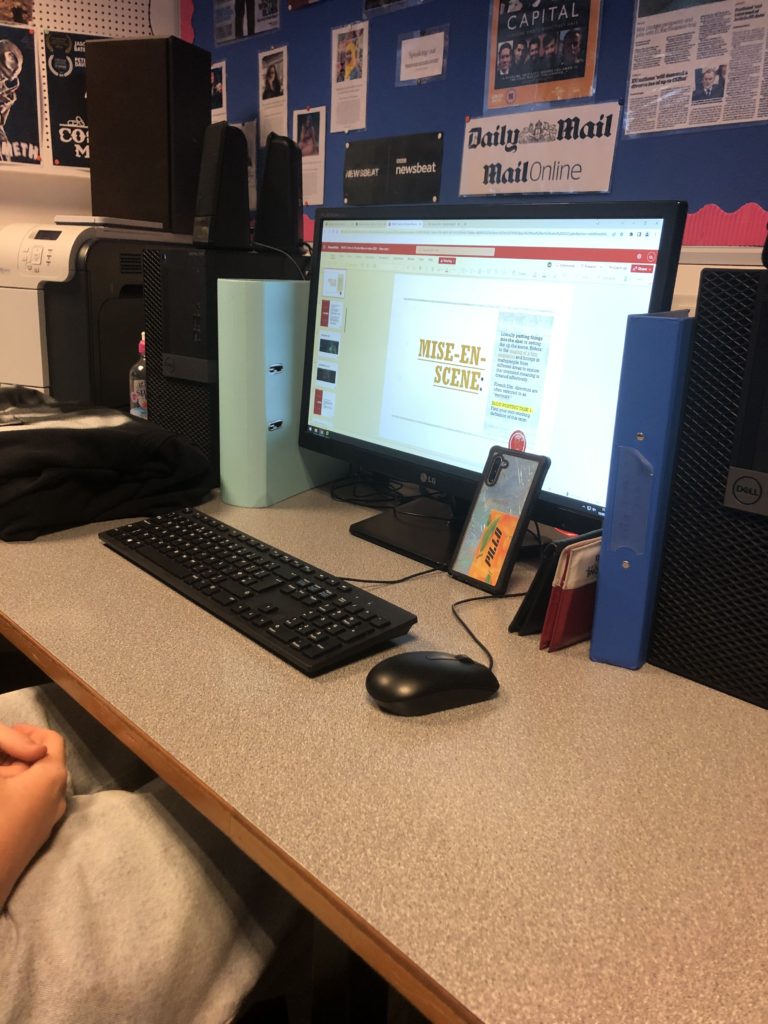A film I think demonstrates excellent use of mise-en-scene is Harry Potter and the Prisoner of Azkaban. Throughout the entire Harry Potter franchise small details such as large numbers of realistic props adds tiny details which allows the audience to become immersed in the fantasy world as it is more believable that people actually live there. This is shown through scenes such as ones in the great hall, where the large quantities of prop food and background actors help paint a realistic picture of a real boarding school. The realism and verisimilitude is also added upon by the costume, as everyone’s uniform is worn a little differently to create the impression they are all individual people.

Additionally, the lighting is an aspect of mise-en-scene that enhances the film. For example, the warm orange colours of scenes, such as the great hall being lit by candles, allow the audience to feel comforted, warm and safe. This contrasts the unsafe and uneasy tone of the dementor scenes. The dark lighting during these scenes create an ominous tone and sense of dread through the cool shadows. This is especially prevalent in their introduction scene, due to its train setting, which in previous Harry Potter films were a bright, safe and comforting place. This means to shock the audience. The dementors’ chilling presence is enhanced through how they cause the props, as well as the cheerful atmosphere to freeze. These aspects of mise en scene put together present dementors to the audience as frightening creatures, which can take all light, warmth and happiness from a scene, hinting how the dementors can physically take the happiness away from humans.


As well as realism, costume adds to the audience perception of the characters’ personality. This is used with most characters in the film but I think is best shown through the character of Sirius Black, who was originally presented to the audience as a crazed prisoner and a dangerous man. This is done through his dark and ragged costume, as well as his manic gesture codes and expressions. The use of this helps deceive the audience of his nature, so when it is revealed he is not who he has been presented to be it is a shock to the audience. I also think spacing is used well in the film, especially in this scene. This is because it shows how Sirius and Harry are distracted by one another and not focusing on the character of Peter Pettigrew, far behind them and ready to escape.


The mise-en-scene also influenced the film through symbols and iconography, such as the repeated symbol of the dog that hints at the way which Sirius Black is hiding and evading capture. My personal favourite is the iconography of clocks, mainly shown through the clock tower, which, as well as shows time passing, foreshadows the time travel that will happen in the second part of the film. The Whomping Willow tree is also a symbolic presence throughout the film, its primary purpose showing time passing and seasons changing during the school year, as well as showing off another element of the fantasy world’s magic. However, it additionally foreshadows the significance of the tree later on in the film without being too obvious about it, as well as showing its danger.





